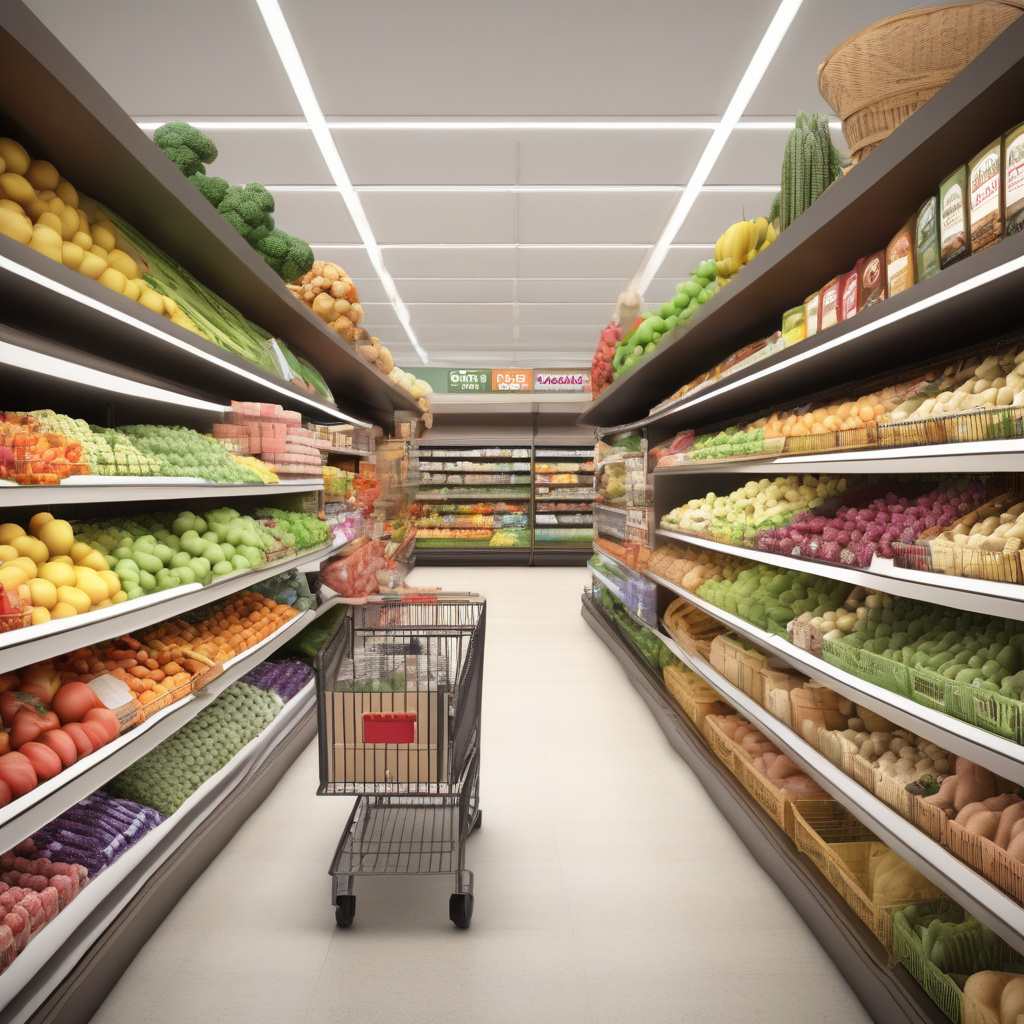Online Grocery Sales Set to Outpace In-Store Sales Growth Through 2029
Online sales are expected to be the driving force behind the growth of grocery sales in the U.S. until 2029, as per recent data released by Brick Meets Click. The projected compound annual growth rate (CAGR) for online grocery sales during this period is estimated to be 8.9%, a significant leap compared to the expected 1.7% CAGR for in-store sales, according to Brick Meets Click.
This shift towards online grocery shopping is indicative of the changing consumer behavior and preferences, especially in the wake of the Covid-19 pandemic. With more people opting for the convenience and safety of shopping from home, the e-commerce sector is witnessing a surge in demand for grocery items.
One of the primary drivers behind the projected growth in online grocery sales is the increasing adoption of digital platforms by retailers. Many grocery chains have ramped up their online presence, offering features such as mobile apps, website ordering, and home delivery services to cater to the evolving needs of their customers.
Moreover, advancements in technology have made the online shopping experience more seamless and user-friendly. Features like personalized recommendations, virtual carts, and easy payment options have enhanced the overall convenience of shopping for groceries online.
Another factor contributing to the growth of online grocery sales is the expanding range of products available on digital platforms. Customers now have access to a wider selection of items online, including niche products that may not be readily available in physical stores. This variety and accessibility play a crucial role in attracting and retaining online customers.
Furthermore, the ability to compare prices and read reviews online empowers consumers to make more informed purchasing decisions. This transparency and information-sharing create a sense of trust and reliability in the online grocery shopping experience, leading to increased customer loyalty and satisfaction.
In addition to these consumer-centric factors, retailers are also leveraging data analytics and digital marketing strategies to enhance their online presence and drive sales. By analyzing customer behavior and preferences, retailers can tailor their marketing campaigns and promotions to target specific audience segments effectively.
As online grocery sales continue to outpace in-store sales growth, it is imperative for retailers to prioritize their digital marketing efforts and e-commerce strategies. Investing in technologies that streamline the online shopping experience, optimizing website performance, and enhancing customer support services are key areas that retailers should focus on to capitalize on this growing trend.
In conclusion, the projected growth of online grocery sales until 2029 signifies a fundamental shift in the retail landscape towards digitalization and e-commerce. By recognizing and adapting to the changing consumer preferences and market dynamics, retailers can position themselves for success in an increasingly competitive online market.
#OnlineGrocery, #DigitalCommerce, #EcommerceTrends, #RetailRevolution, #CustomerExperienceImprovement
